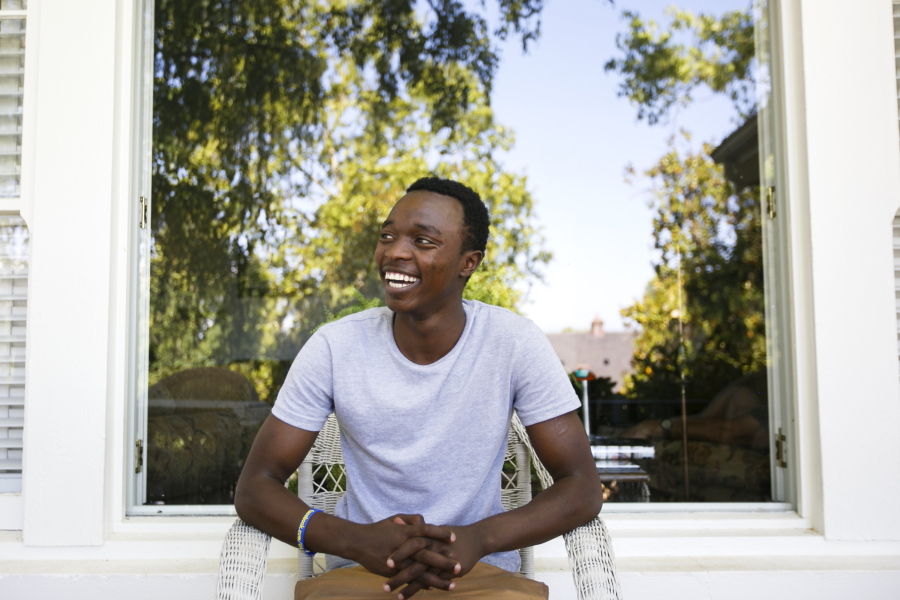SALEM, Ore. — Joel Nzabakiza describes his childhood as a “sad story.”
When he was 7, his father was stabbed to death in front of his family.
Fleeing for safety, Nzabakiza’s mother led his family, including his five brothers, to a nearby forest where they hid for a week until they were able to return to their home.
After years of running from the religious conflict in central Africa, Nzabakiza and his family lived in refugee camps for seven years, though they had to frequently live in camps apart from one another.
One day, they were given the news that they were able to resettle in the United States as refugees.
Arriving in Salem in April 2015, everything was different.
“We came; we didn’t know anything,” said Nzabakiza, now 19.
About 60 people like Nzabakiza have moved to Salem since January, reported the Statesman Journal.
These refugees are in addition to the more than 1,300 who came to Oregon in 2015 primarily from Cuba, Burma, Bhutan, Iran, Iraq, and Somalia.



